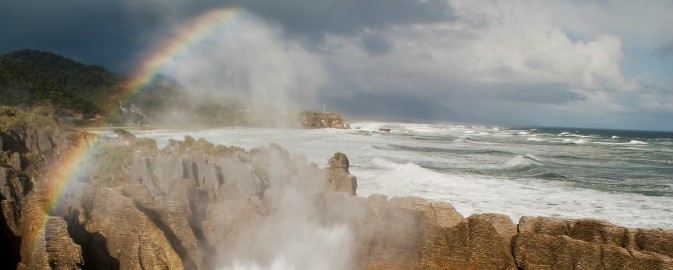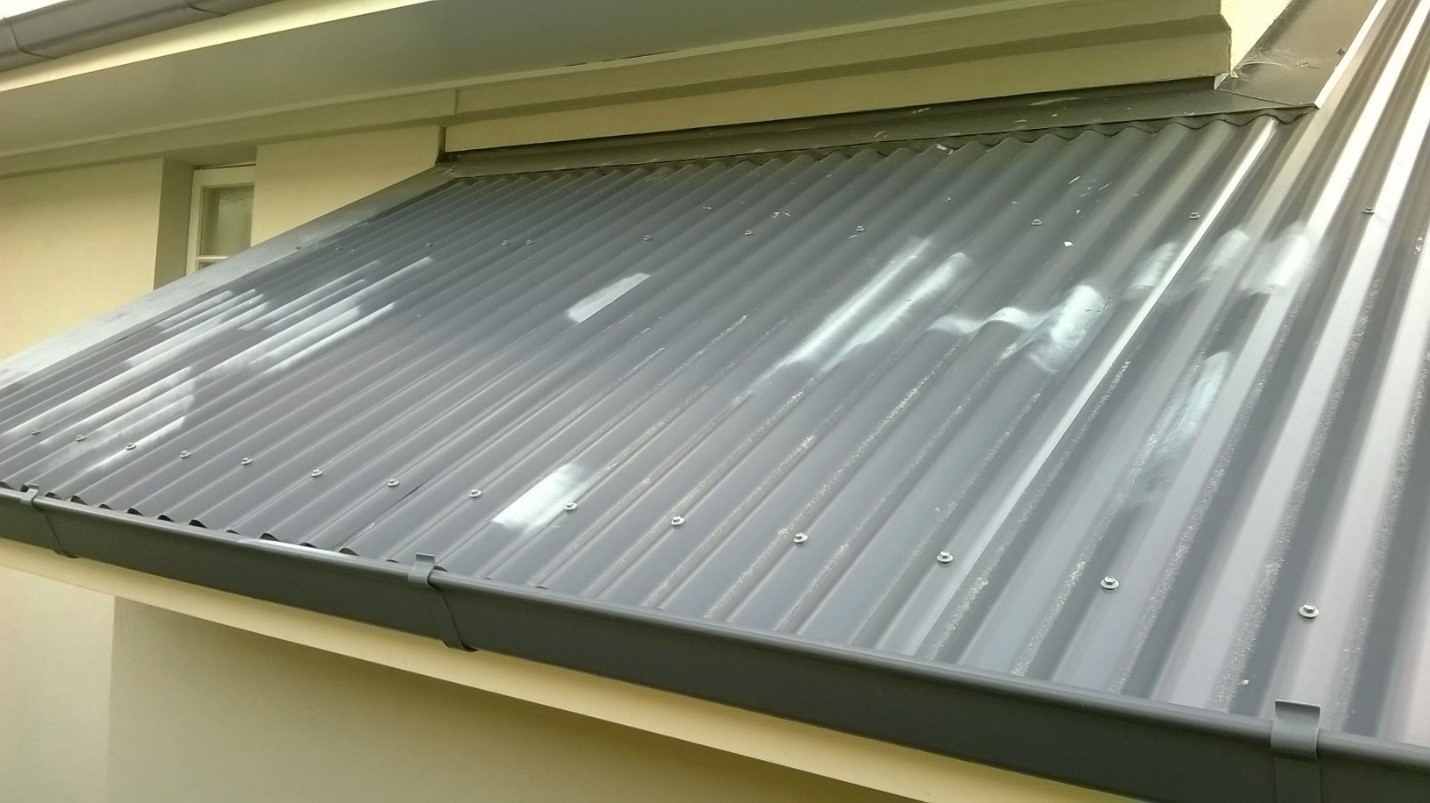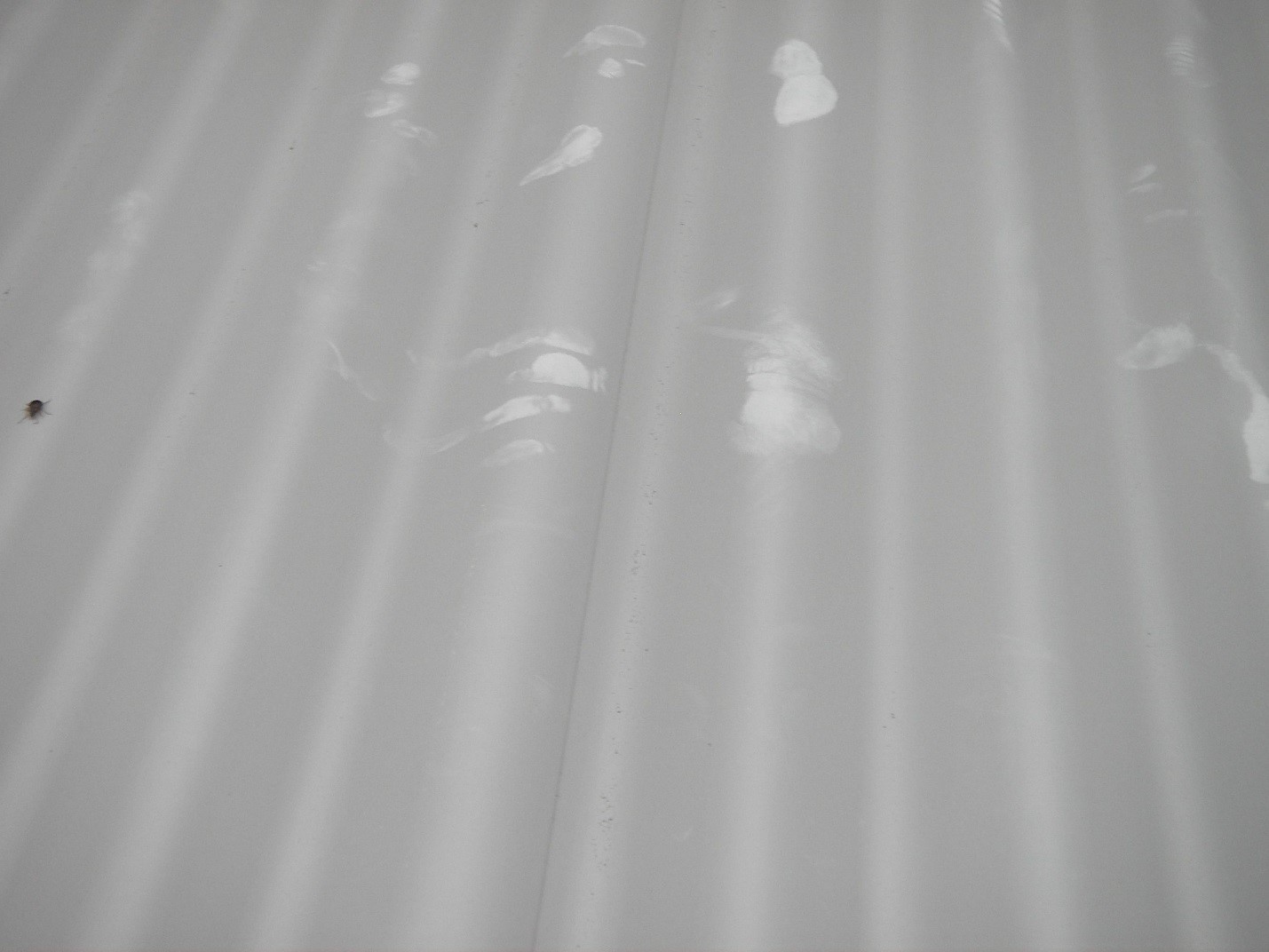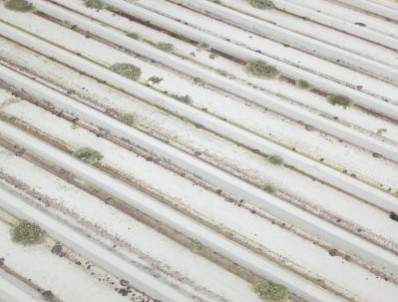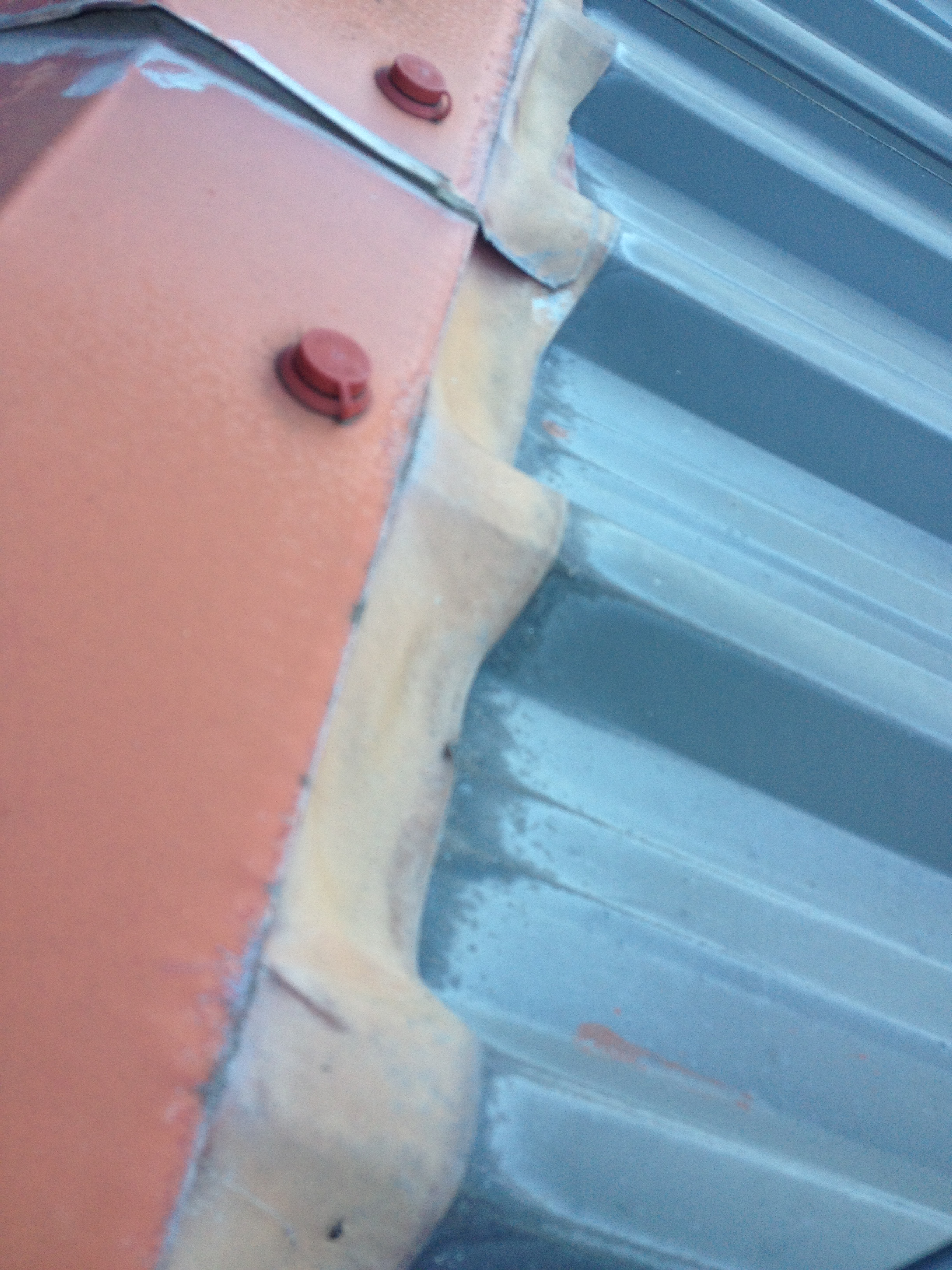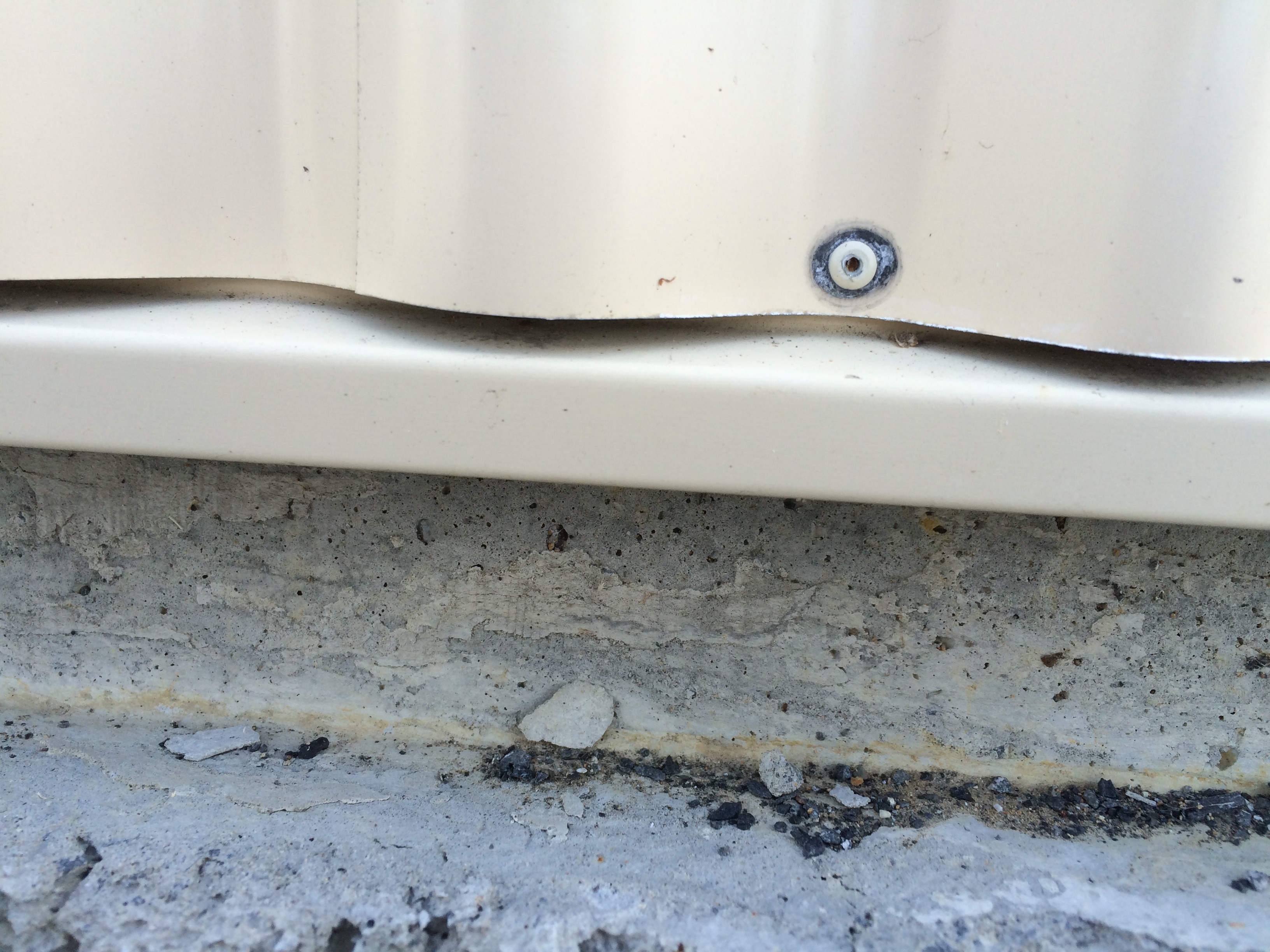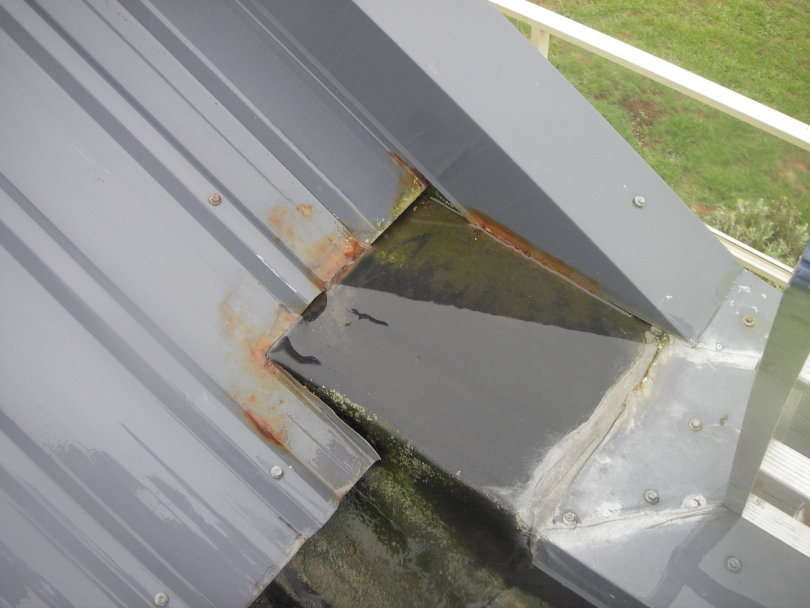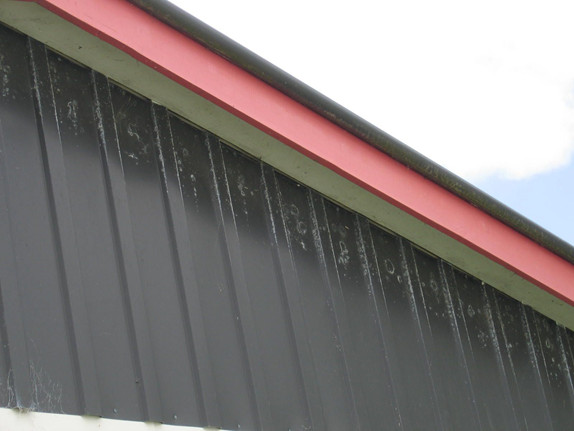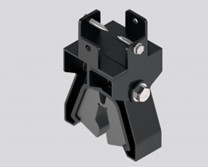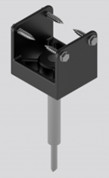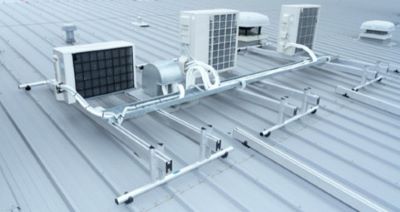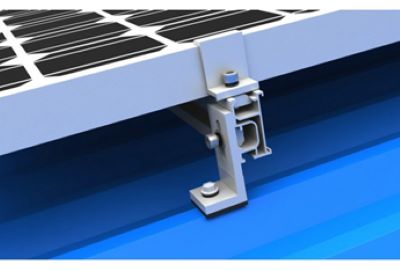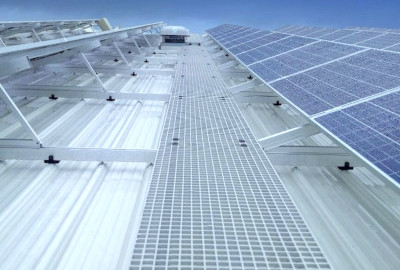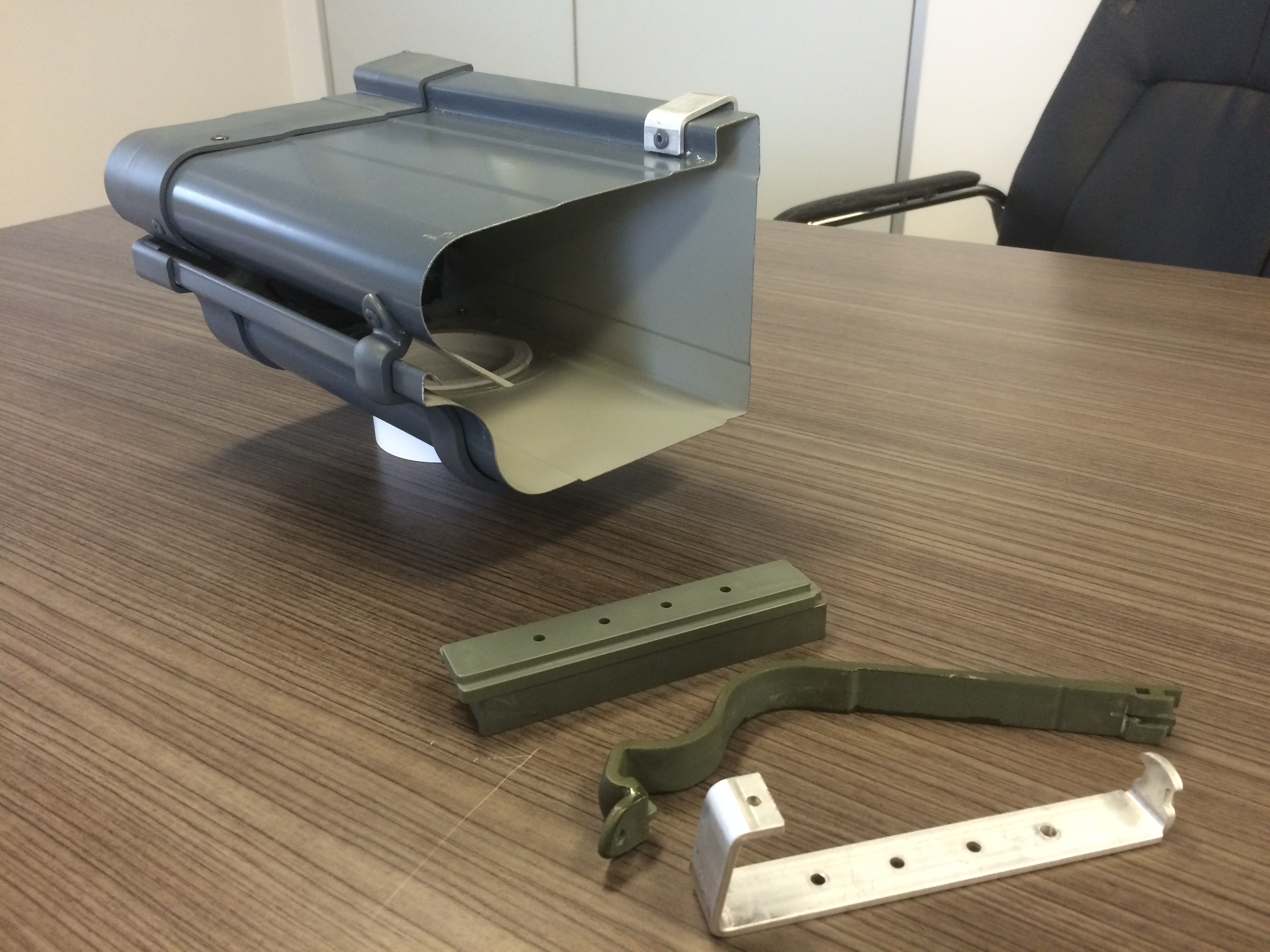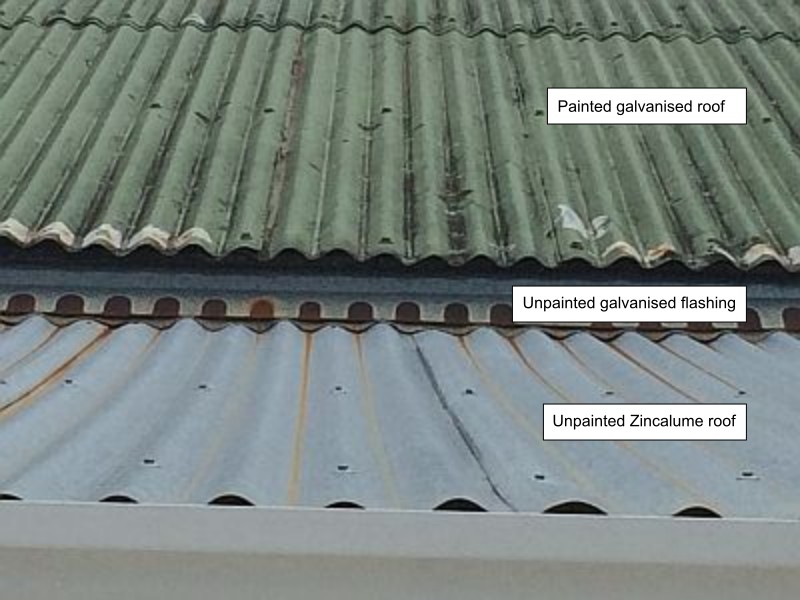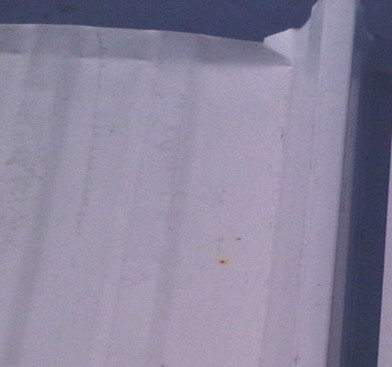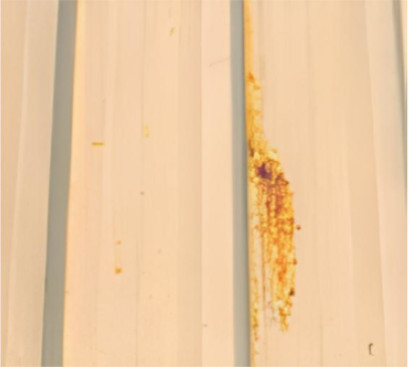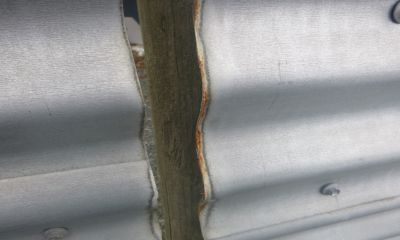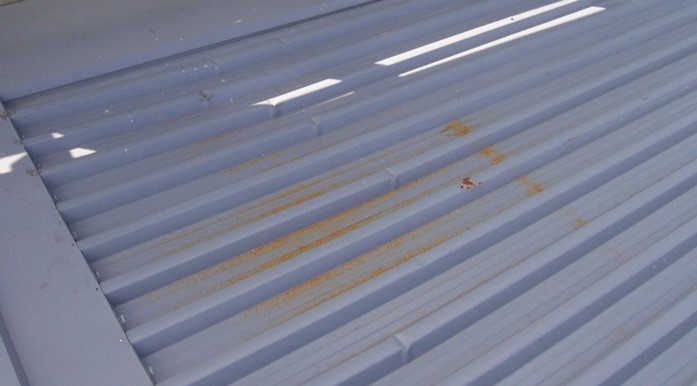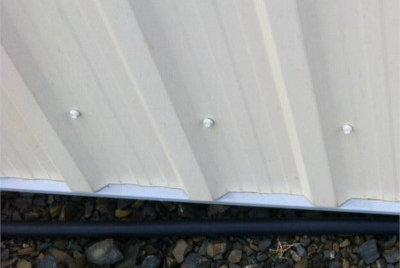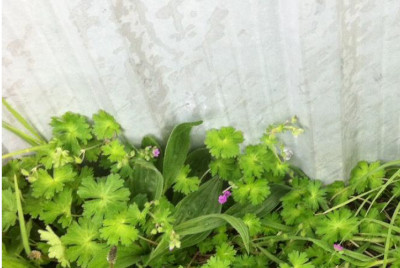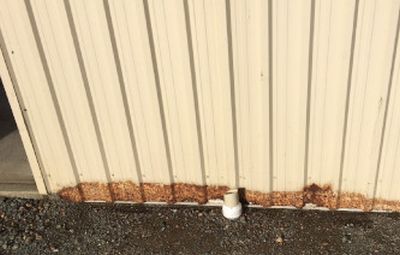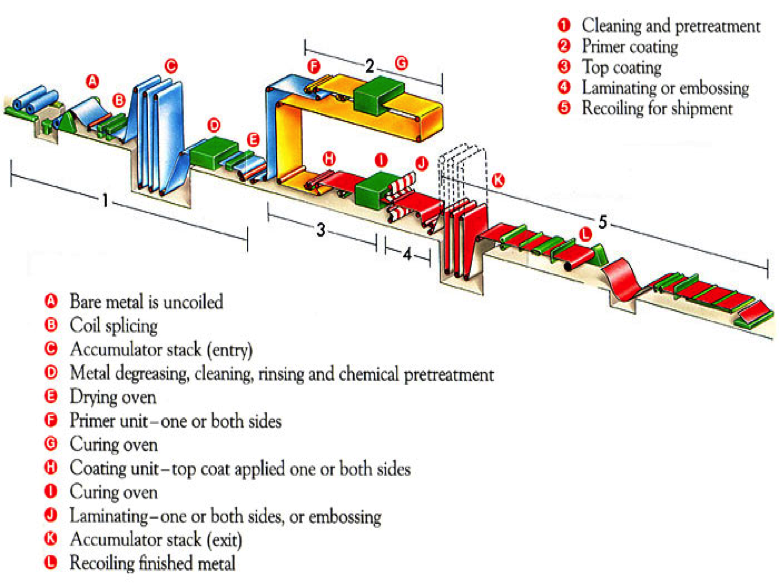Stainless steel is a durable, corrosion-resistant material used in harsh environments when a non-weathering finish is desired. Chromium forms a tenacious oxide protective film on stainless steel that is transparent and self-healing, as it will repair itself on exposure to the atmosphere.
Stainless steels are resistant to most chemicals, but are subject to crevice and pit corrosion (see Wet Storage).
Some light surface staining known as tea staining may appear, but it is not damaging to the product.
Most stainless steel roof and wall cladding, flashings and panels in New Zealand are made from the 300 series of austenitic non-magnetic stainless steel, which contain chromium, nickel, and manganese, with 304 and 316 being the most common grades.
Grade 304 stainless steel is an alloy of 18% chromium and 8% nickel that provides high corrosion resistance and is known as an all-purpose alloy.
Grade 316 stainless steel should be specified where tea staining must be avoided. It contains 16% chromium, 10% nickel, with 2% molybdenum added, which increases resistance to staining and corrosion.
Grade 445 ferritic stainless steel is now available in New Zealand, which combines the corrosion resistance of grade 316 with formability approaching that of carbon steel. As the work hardening of 445 is much lower than with austenitic grades, it can be formed in a similar way to carbon steel and is more easily sheared.
Grade 445 stainless steel contains 22% chromium and 1.2% molybdenum and no nickel. It has lower thermal expansion than other grades, so it is less likely to distort in the heat of the sun. The yield stress and hardness of 445 is higher than 304 and 316, but the tensile strength and elongation properties are lower.
The corrosion resistance grade of 445 is similar to grade 316 in most marine and aggressive industrial environments.
Stainless steel is available in various mill finishes from dull matt to highly polished. The most common finishes for roof cladding and sheet metal flashings, are those designated as 2B and 2D.
The 2B finish is a bright, cold-rolled finish that is highly reflective and 2D is a dull finish that is less reflective. BA is a bright reflective surface only suitable for decorative cladding in thicker gauges. Embossed patterns are available that reduce visible distortion and minimise glare and reflection.
Stainless steel should not be cleaned with steel wool, but stainless steel wool or synthetic abrasive pads can be used. Cleaning should be done with care as roughening the surface may promote further stains.
Stainless steel fixings should be used with stainless steel sheet to avoid dissimilar metal corrosion. The fastener grade must match the grade of the cladding.
There is no well-defined yield point for stainless steels. Fully annealed or standard annealed tempers are used for ease of forming with 304 and 316 having an approximate yield strength of 290 mPa.
Austenitic stainless steels require different forming techniques than other metals, and are known to be tougher and more difficult to form than carbon steel of the same thickness, e.g.,m when shearing stainless steel the equipment capacity should be increased between 30% - 50%. Because of the toughness of the metal, sharp cutting edges dull more quickly than when used with carbon steel.
Although stainless steel is not much harder than mild steel, increased power is necessary to form it because of its high ultimate strength and its higher work hardening rate. As most forming machines are rated for the heaviest gauge steel this capacity should be de-rated by 40%.
Precautions should be taken not to contaminate the surface of the metal by inclusions from roll forming or folding equipment. It can appear as rust spots on stainless steel, which is detrimental to performance. Stainless steel coil and sheet can be supplied with a strippable film on both faces to avoid this contamination.

